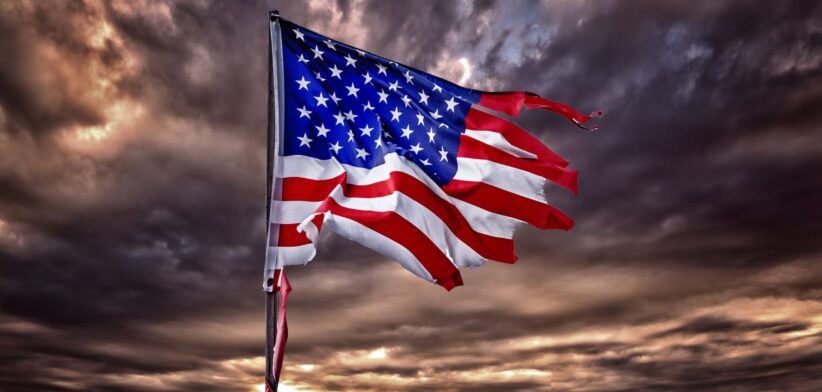The attempted assassination of Donald Trump in the United States over the weekend sparked global media coverage.
Images of the former President’s bloodied face featured on most broadcasts and newspaper front pages, with analysis wide and varied.
Our friends at The Conversation drew together a number of view points on the fallout from the shooting and the current state of play in the United States.
The first thing that I thought about is that we were basically one inch from a potential civil war. I think that if, indeed, Donald Trump would have suffered fatal injuries today, the level of violence that we witnessed so far will be nothing in comparison to what would have happened in the next couple of months.
I think that would have unleashed a new level of anger, frustration, resentment, hostility that we haven’t seen for many, many years in the U.S.
This assassination attempt, at least at this early stage, may validate a strong sense among many Trump supporters and many people on the far right that they are being delegitimized, that they are on the defensive and that there are efforts to basically prevent them from competing in the political process and prevent Trump from returning to the White House.
What we’ve just seen, for many of the people on the far right, fits very well into a narrative that they’ve already been constructing and disseminating for the last few months.
Democracy cannot work if the different parties, the different movements, are not willing to work together on some issues. Democracy works when multiple groups are willing to reach some kind of consensus through negotiations, to collaborate and to cooperate.
What we’ve seen in the last 17 years, basically since 2008 and the rise of the Tea Party movement, is that there’s increasing polarization in the U.S.
And the worst part of this polarization is that the American political system became dysfunctional in the sense that we are forcing out any politicians and policymakers who are interested in collaboration with the other side.
That’s one thing. Second, people delegitimize leaders who are willing to collaborate with the other side, hence, presenting them as individuals who betrayed their values and political party.
The third part is that people are delegitimizing their political rivals. They transform a political disagreement into a war in which there is no space for working together to address the challenges they agree are facing the nation.
For this incident to occur in this moment, given the volatile nature of the presidential campaign so far and the deep divisions in the United States, is deeply concerning.
The way the shooting has been weaponised on social media so quickly – with conspiracy theories unfolding in real time – means the potential for this kind of violence to escalate is very high.
You only have to look at the insurrection of the US Capitol on January 6, 2021, to see how quickly political violence can explode in the US.
This is due, at least in part, to the way violent rhetoric has been cultivated quite deliberately by elements of the far right in recent years. In particular, undercurrents of political violence have simmered at Trump rallies since the beginning of his first run for the presidency in 2016.
The threat of violence has become central to Trump’s political image, to his appeal and to his supporter base. You only have to watch a few moments of every Trump rally and every Trump speech to hear him speak about violence, often in graphic detail and with great relish.
For instance, he has repeatedly referenced conspiracy theories when describing the attack against former US House Speaker Nancy Pelosi’s husband, Paul, in their home in 2022, as well as mocking him and joking about the attack.
This is a feature, not a bug, of the Trump campaign and the movement behind him.
And it has a real-world impact. A nationwide review conducted by ABC News (the US media organisation) in 2020 identified 54 criminal cases in which Trump himself had been invoked in “direct connection with violent acts, threats of violence or allegations of assault”.
Trump joins a not-so-exclusive club of U.S. presidents, former presidents and presidential candidates who have been the target of bullets. Of the 45 people who have served as president, four have been assassinated while in office.
Given the near mythic status of U.S. presidents, and the nation’s superpower role, political assassinations strike at the very heart of the American psyche.
Abraham Lincoln’s killing in 1865 and that of John F. Kennedy in 1963 are key moments in the history of the United States. James Garfield (1881) and William McKinley (1901) are less remembered, but their deaths nonetheless rocked the nation at the time.
It was after McKinley’s assassination that the U.S. Secret Service was given the job of providing full-time protection to presidents.
The last American president to be shot was Ronald Reagan, who was seriously wounded and required emergency surgery in 1981.








